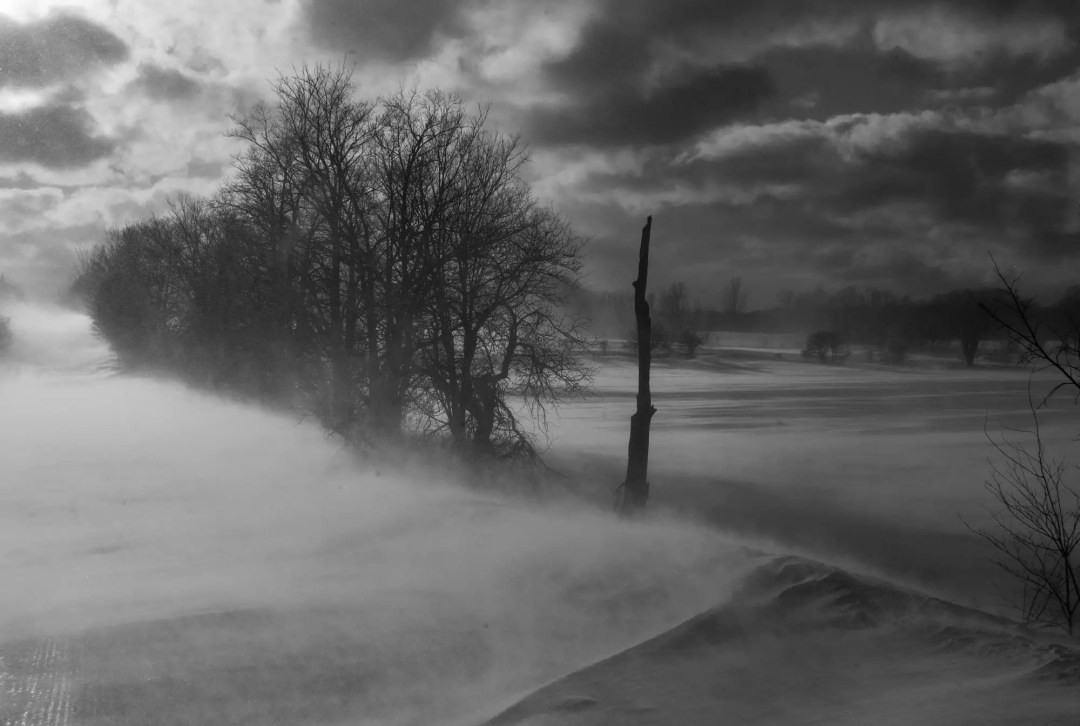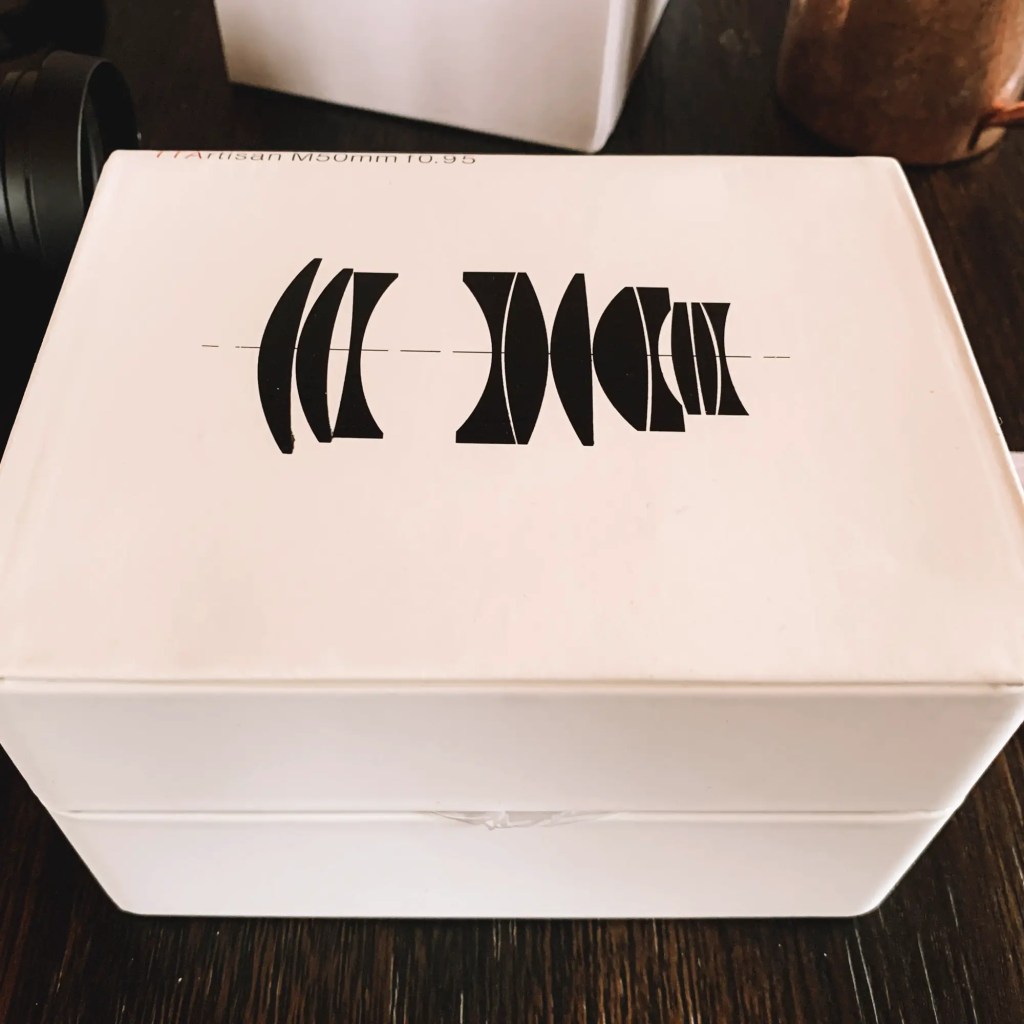(First we disclaim: This is a subjective review based on real world use by an enthusiast photographer. I stand on the shoulders of giants, having learned everything I know about optics from reading other lens reviews. I don’t really have time to learn what CA even means – I’m busy using Lightroom to remove pesky purple fringing from high contrast areas of my photos. Also, there will be no bench tests, unless you count my botched attempt at lens calibration. Enjoy!)
Unless you’re reading this accidentally, it’s safe to say that somewhere along the way your life took a turn and you now find yourself here on CP, eulogizing discontinued film stocks, accessorizing your camera, of all things, and window shopping for gear that costs as much as a modest automobile.
As a consequence of your camera nerdery, you may have acquired a fetish for so called “ultra-fast” prime lenses, such as the Canon “Dream” lens, or one of the most widely lusted after and expensive examples, the Leica Noctilux 50mm 0.95
The ultra-high cost of ultra-fast primes contributes to their mystique. At $12,000 the Noctilux certainly helps Leica Camera earn their reputation as an inaccessibly-priced status symbol (though perhaps not as effectively as slapping a Red Dot on a Minolta or Panasonic camera and watching what happens to the price).
The freak economics of Leica can seriously skew one’s sense of value. Once you consider that Leica’s “affordable” Summarit line of M lenses still cost four figures, any lens that you can attach to a Leica M for less than $1000 can seem like an outright bargain.
Enter Chinese lens manufacturer TTArtisan (The Thinking Artisan), who matched the specs of the Noctilux with their own manual focus, metal lens, and brought it to market with two full digits shaved off the price of the competing Leica model. The TTArtisan 50mm f/0.95 is priced so low that it makes this review feel like the confession of a thief. (There, it only took me four paragraphs to get to the actual subject of the review, which is a non-Leica lens that is definitely not a Noctilux… that I lawfully purchased, to be clear).

Mechanics
Despite looking like a straight up knockoff, the TTArtisan lens isn’t simply a reverse engineered “Not”ilux. Compared to the Leica Noctilux, the TTArtisan’s optical formula is made of more elements in more groups, and it has more aperture blades. It also has one fewer aspherical element. With these many differences, how will it directly compare to the Leica? Loan me $12,000 and I’ll tell you.
The price point of the TTArtisan 50mm F/0.95 makes it easy to dismiss as cheap. This prejudice is immediately challenged from the moment when we prize open the lens’ upscale packaging, and again by the reassuring weight and tight construction of this solid, beautiful hunk of metal and glass. This lens is dense and as heavy as it looks. Maybe heavier.
If your wrist needs some soothing after weightlifting with this lens (I am never unaware that I’m holding it), the aperture ring will provide you with a healthy dose of haptic therapy. The ring rotates with a buttery continuity, coming to rest at each half stop with a subtle and satisfying click. Unusually, the distance between apertures is inconsistent, with the spaces between settings being smaller at each end. This may require a bit of getting used to, maybe not. I hardly noticed it in use.

In Use (Focusing)
The most grueling test of any focusing system is photographing my kids; if I can rangefinder focus on my little moving targets when it’s past their bedtime, I can focus on anything. While I can definitely make it work with the TTArtisan 50mm F/0.95, it doesn’t come easy. The giant barrel of the lens intrudes into the 50mm frame lines of my Leica M (not a consideration with an EVF) presenting a slight challenge to framing, and moving the focus ring is a bit of a chore.
The focus ring itself is dampened and smooth, but I would prefer if it were just a bit looser, if only to make one aspect of this lens less laborious. When first getting accustomed to using it, I would switch to an overhand grip without thinking (blocking the viewfinder), not because it was more effective than underhand, I was just willing to try anything to get the thing to move.
If focusing a 35mm Summicron-M, with its compact size, focus tab, and smooth, short throw is like parallel parking a MINI Cooper, focusing the TTArtisan 50mm f/0.95, with its massive lens barrel, hefty weight, narrow depth of field, and stiff, long throw, is like parallel parking a dump truck. I can focus the 35mm with a fingertip. To cover the full throw in a rush with the TTArtisan 50mm, I’m actually swinging my elbow.
Calibrating Focus for Rangefinder
The upscale TTArtisan packaging includes an invitation to calibrate the lens in the form of a calibration chart and screwdriver. I had hoped to be able to stick with the factory setting, but while shooting a series of portraits I noticed significant disparity between my viewfinder and the image preview at closer focal distances. It seemed the lens was back focusing, so out came the calibration kit for a quick fix. Or so I had hoped.
My first reading with the calibration chart confirmed the lens was, in fact, back focusing. I adjusted the lens according to the chart reading using the included tool, which I can report was not nearly as nerve-wracking as fiddling with a lens might seem. Once I confirmed a successful result using the chart, I field-tested the lens. Hmmm… still back focusing. After repeating this process several times, I kid you not, I made a completely blind adjustment that seemed to work and retired my screwdriver.
Although TTArtisan have given us the option to self-calibrate, it also seems they have given us an uncalibratable(?) lens. To its credit, it is not prone to focus shift as a consequence of aperture, but there has been some talk over at 35mmc that the TTArtisan 50 f/0.95 is actually closer to a 52mm lens, (Leica rangefinders are calibrated for 51.6mm) making it impossible to perfectly calibrate for rangefinder focusing throughout its full range. The focal plane will always shift when focusing closer than two meters and this effect will be more pronounced at wider apertures. Obviously live-view camera owners need not worry about this, but for rangefinder owners who may not have access to an LCD screen or live view, this means that when focusing closer than two meters, you can either intentionally compensate using the focus ring, or focus then do a little lean away from the subject to make up the difference.
Another trick I use to get a crisp shot in challenging scenarios is to set the drive mode to Continuous and “drag” focus while making multiple exposures in order to hedge my bets. This manual focus version of “spray ‘n’ pray” compensates equally well for focus shift and shallow DoF.



Image Quality and Performance
The TTArtisan 50mm F/0.95 is neither clinical nor transparent. Just what is this lens? Well, it’s an affordable, ultra-fast, character lens. If you know what you’re getting, it might find a home in your camera bag.
While I haven’t yet used the TTArtisan with a film camera, I found it played quite well with the Leica M8’s APS-H sensor. The crop sensor uses more of the optical sweet spot of the lens, meaning less vignetting and softness in the corners of the image, both of which are rampant on this lens wide open. (If you’re considering this lens for a full-frame camera, assume that the faults on the edge of my crop sensor shots will be more pronounced, and consult some other reviews that test its performance in this context).
I agree, in principle, with the idea that a lens should serve your vision rather than provide it, but I’m not above using the rendering of this lens at f/0.95 to obfuscate all of the unavoidable visual mess around a subject (i.e. a house full of toys and unfolded laundry). It’s also just exciting to alter reality with an image. Even with the optical compromises at the wide end (softness, low contrast, color shift, and a buffet of chromatic aberration) the mind-bending subject isolation possible with this lens is so tempting to (over)use.
When the light fades and exposure demands it, the maximum aperture of f/0.95 just shines. Detail, punchy contrast and rich colours are all possible here, but also with a bit of glow (spherical aberration). This makes it ideal for portraits in moody ambient lighting.
To put things in perspective, there is a slider in Lightroom for almost every optical flaw the TTA is afflicted with at f/0.95, but not one that will give you the 3D rendering that this lens has in spades. Well, nothing that won’t make your photos look like a screen grab from a Zoom call with a simulated background… These days there’s something to be said for a lens which makes images that could never be mistaken for an iPhone photo – even in portrait mode.
For the best background blurriness this lens has on offer, get closer to your subject. The farther away the subject, the more frantic the bokeh tends to get (thanks to the Focus Shift Blog for figuring this out). Things tend to calm considerably and are quite dreamy at closer focus distances, though I was able to make some wiry looking nonsense by shooting tree branches at MFD.
You’ll benefit from pairing this lens with a camera with a fast top shutter speed and a Neutral Density filter, as it will allow you to use the lens wide open in brighter conditions, should you so choose. I didn’t use an ND filter with the TTArtisan 50mm f/0.95, and whenever I was walking in the sun and unable to access the magic sauce of wider apertures, I did find myself questioning my life choices.
The light-vacuuming ability of the TTArtisan effectively compensates for the rather sad maximum usable ISO of 640 on the Leica M8. If you would like the option of shooting at lower ISO (film or digital), this lens will get you there. I made images with this lens in near darkness that just would not be possible or usable with any other lens, and in these conditions the worst of its characteristics, such as CA, are less of a concern.
Flaring is well controlled, in my experience, but I have been able to wash out large portions of an image by shooting directly into sunlight (see photo).




Closing Thoughts
To use a smattering of lens clichés, the TTArtisan 50mm f/0.95 is an ultra-fast character lens that is able to render dramatic 3D-looking images with a medium-format look. It is sharp (in center), contrasty (when stopped down a bit), and has accurate colors (except at wider aperture, where things cool considerably).
I find it’s helpful to think of things in terms of their opposite, and my main lens, the 35mm Summicron-M Aspherical provides a strong counterpoint to the TTA.
Whereas the Summicron is near perfect, optically corrected to be flat and neutral, the TTArtisan 50mm F/0.95 has a bold signature.
Whereas the 35mm is light, compact, and ergonomically superior, the 50mm f/0.95 is a beastly, viewfinder crowding, carpal-tunnel-inducing tank of a lens.
The Summicron is $3000. The TTArtisan is $750
To use another analogy, the 35mm Summicron is like a set of studio monitors and the TTArtisan is a pair of BEATS headphones. If you want ultimate fidelity, listen on monitors. If you want the bass to rattle your fillings, go with the BEATS. If you want your images to be viewed like there was no lens, use the ‘cron. If you want to filter your photographic vision through a (literal) lens that can seriously bend some light and make things pop, try the TTArtisan.
On the nature of ultra-fast lenses, some will argue that there is little point to investing in one if you’re not going to shoot it full throttle all day and live your best max. ap. life. Bro, the TTA all but eliminates this consideration; you can have an extra stop or two and only use it when your art demands it.
Of course, there are offerings from TTArtisan, 7Artisans, Zeiss, Voigtlander and others that will be almost as fast and also less expensive and lighter. What it really comes down to is whether or not the TTArtisan 50mm f/0.95 is worth the weight. When I want to shoot by candlelight, this lens says “As long as you have the forearms to hold me, I got you.”
Buy the TTArtisan 50mm f/0.95 from B&H Photo
Or find one used on eBay
Follow Casual Photophile on Facebook and Instagram
[Some of the links in this article will direct users to our affiliates at B&H Photo, Amazon, and eBay. By purchasing anything using these links, Casual Photophile may receive a small commission at no additional charge to you. This helps Casual Photophile produce the content we produce. Many thanks for your support.]














All wonderful.